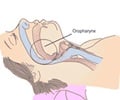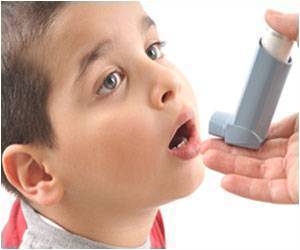Abnormalities caused in the airways are uncommon among well-appearing infants hospitalized with life threatening conditions.

Mark W. Willis, M.D., and colleagues at the University of Utah School of Medicine, Salt Lake City, conducted a retrospective observational study to determine how often the pediatric otolaryngology service is involved in the initial care of infants with an ALTE. They assessed the usefulness of bronchoscopy and laryngoscopy (examination of the breathing passages and voice box with a lighted instrument) in diagnosing the underlying cause, and followed up the patients' outcomes over five years.
Among 471 infants with an ALTE who were included in the study, nine subsequently underwent airway evaluation by bronchoscopy, laryngoscopy, or both. Three were referred during their initial ALTE admission, and six were seen later in childhood.
"Five of nine patients had normal findings, three patients had laryngomalacia [a soft floppy voice box] (including two with laryngeal edema), and one patient had adenotonsillar hypertrophy [enlargement of the tonsils and adenoids]," the authors report.
Three of the patients ultimately underwent surgery.
"Despite the low rate of initial airway evaluation, we found no evidence of detrimental outcomes caused by a delay in referral during the ensuing five years," the authors conclude. "The results of this study suggest that pediatric otolaryngology evaluation is of low yield in well-appearing infants hospitalized for an ALTE."
Advertisement








